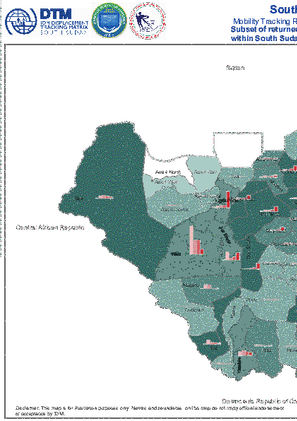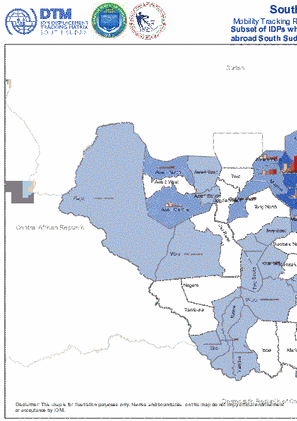-
Countries
-
Data and Analysis
-
Special Focus
-
Crisis Responses

Contact
DTM Burundi, DTMBurundi@iom.int
Language
French
Location
Burundi
Period Covered
Jan 01 2018
Dec 31 2022
Activity
- Mobility Tracking
- Event Tracking
Depuis 2018, les désastres naturels, en particulier les pluies torrentielles, les inondations et les vents violents survenus au Burundi ont affecté 341 747 personnes dont 121 879 personnes déplacées. Les principales provinces touchées par les désastres naturels au cours de cetie période ont été Bujumbura Rural (118 910 personnes affectées), Ngozi (86 736 personnes affectées) et Bujumbura Mairie (42 163 personnes affectées). Ces désastres naturels ont causé un impact humain grave, de nombreuses destructions d’infrastructures et de champs de culture.









